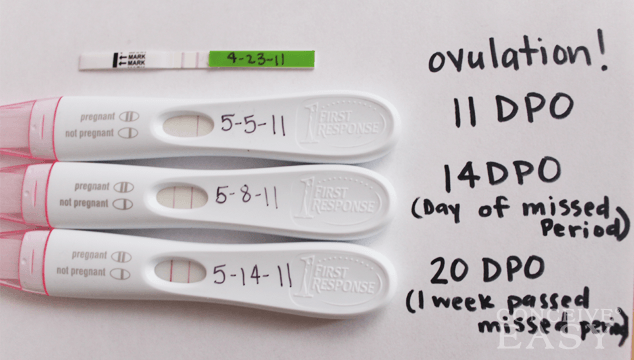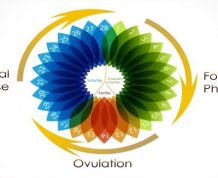Molar pregnancy (or hydatidiform mole) is a rare and false form of pregnancy caused by an excessive growth of tissue in the uterus. This tissue is the result of a failed fertilization, meaning that an empty egg has been fertilized by a sperm. Read further to learn the most important things you need to know about this condition. Claim Your 20 Free Pregnancy Tests – Click Here

What is tricky about this form of pregnancy is that its symptoms coincide perfectly with those of a real pregnancy. Nevertheless, there are some clues that might help in finding the problem and that will determine whether you should go to a doctor as soon as possible.
The condition can become a threat to our life if we do not undergo regular blood tests to look for signs of trophoblastic disease, which can rarely lead to cancer. The most common symptoms are:
![]() Vaginal bleeding
Vaginal bleeding
![]() Uterus larger than normal
Uterus larger than normal
![]() Thyroid disorder
Thyroid disorder
![]() Excessive sweating
Excessive sweating
![]() Severe nausea and vomiting
Severe nausea and vomiting
![]() High blood pressure
High blood pressure
![]() Vaginal discharge of tissue that is shaped like grapes
Vaginal discharge of tissue that is shaped like grapes

Depending on the severity of the disease, your body can grow either a complete molar pregnancy or a partial one. The complete hydatidiform mole develops when a genetic error occurs, causing the sperm to grow on its own, while the partial one grows when an egg is fertilized by two sperms, causing the placenta to swell more rapidly than usual, and “faking” the pregnancy.

The most important step you have to make, if you suspect a Hydatidiform mole, is to go to a doctor who should:
![]() examine your pelvis
examine your pelvis
![]() get your blood tests
get your blood tests
![]() use ultrasound scanning
use ultrasound scanning
![]() measure the amounts of pregnancy hormones
measure the amounts of pregnancy hormones

Once the doctor has detected the Hydatidiform mole, women are able to choose which procedure to follow:
![]() vacuum aspiration or suction
vacuum aspiration or suction
![]() Dilation
Dilation
![]() medication
medication
![]() wait until the condition will spontaneously disappear (not recommended)
wait until the condition will spontaneously disappear (not recommended)
Fortunately, this type of pregnancy is very rare, but nevertheless, women should be aware of the risks and be well-informed about the history of their pregnancy, especially if they had a miscarriage, if they are over the age of 40, if they had a prior Hydatidiform mole or of they have a diet in low vitamins, especially in carotene. If you suspect you suffer from this condition, do not ignore it. Go to a doctor immediately, as it can lead to serious problems.










Comments